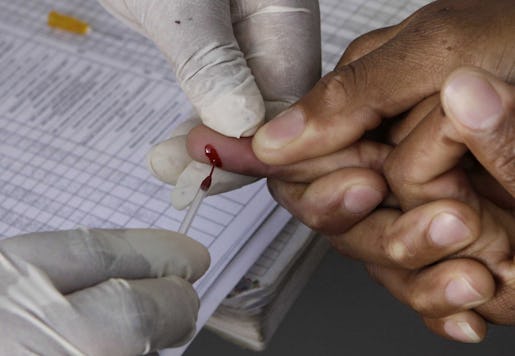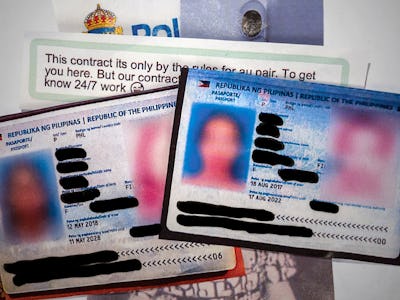Hiv-fallen i Europa ökar kraftigt

Ett vanligt sätta att testa sig för HIV är ett snabbt blodtest via ett stickprov. Foto: Denis Farrell/TT
Förra året rapporterades 142 000 nya fall av hiv i Europa. Det är den högsta siffran sedan rapporteringen började på 1980-talet, skriver WHO och den europeiska smittskyddsmyndigheten ECDC med anledning av en ny rapport.
Epidemin drivs till stora delar av ökningen i Europas östra delar där antalet fall har mer än fördubblats på tio år. Exempelvis registrerades 350 nya fall av hiv i Sverige 2014, vilket motsvarar 3,6 nya fall per 100 000 invånare. Motsvarande siffror för Ukraina var 15 796 respektive 36,9.
Män som har sex med män är fortfarande den vanligaste smittovägen för de fall som registreras i Europa.
TT








